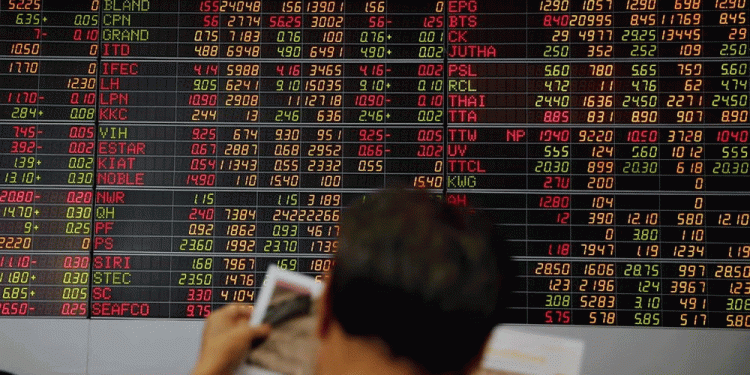By Leika Kihara
TOKYO (Reuters) – Japan’s annual core consumer inflation ticked up slightly in August but remained distant from the central bank’s 2 percent target, suggesting that monetary policy will stay ultra-loose for the time being.
The nationwide core consumer price index (CPI), which excludes fresh food costs, rose 0.9 percent in August from a year earlier, matching a median market forecast and accelerating slightly from a 0.8 percent gain in July.
The so-called core-core index, a more closely watched gauge the Bank of Japan uses to strip away the effect of both energy and fresh food costs, was up 0.4 percent in August from a year earlier after rising 0.3 percent in July, government data showed on Friday.
The data underscores the challenge the BOJ faces in eradicating country’s entrenched deflationary mindset, which has discouraged firms from raising prices for fear of scaring away cost-sensitive consumers.
Stubbornly soft inflation could delay the BOJ’s exit from ultra-loose policy, though premier Shinzo Abe signalled last week that he is now more relaxed about the need for the central bank to meet its price goal.
The BOJ kept monetary policy steady on Wednesday and its governor stressed that the bank won’t pull the plug on monetary easing until inflation hits its elusive target.
Subdued wage and price growth have forced the BOJ to maintain its massive stimulus despite some side effects, notably the hit to bank profits from prolonged near-zero interest rates.
Japan’s economy rebounded in the second quarter from a contraction in the first three months of this year thanks to robust business spending.
But escalating trade frictions and a series of natural disasters that disrupted supply chains cloud the outlook for the export-reliant economy.
Fusion Media or anyone involved with Fusion Media will not accept any liability for loss or damage as a result of reliance on the information including data, quotes, charts and buy/sell signals contained within this website. Please be fully informed regarding the risks and costs associated with trading the financial markets, it is one of the riskiest investment forms possible.
Source: Investing.com



























